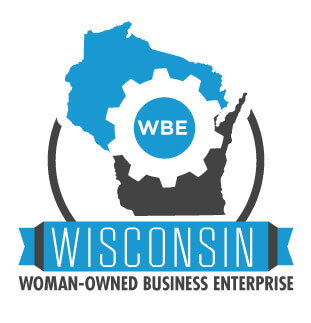“Even in the familiar there can be surprise and wonder.” Tierney Gearon
Andra May has identified ten cognitive biases. We have considered the first four biases: Confirmation, Anchoring, Curse of Knowledge and the Dunning-Kruger effect in previous Tips.
Now we’ll look at the next two cognitive biases and discuss how we can counter their effect through our training design and delivery. The titles and descriptions of the biases are Ms. May’s. The commentary continues to be mine.
- Functional Fixedness: This bias limits a person to utilizing an object or idea in only the way it is traditionally used.
When we want participants to be creative, we often use a brainstorming activity. However, when they are brainstorming options to address a real life problem, they can often get hung up on what was done before and either worked or didn’t work. This can shut down thinking.
If we really want to set participants up for a successful brainstorming session, it helps to first have them brainstorm answers to a question that forces them to stretch. For example, there are no rote and easy answers to the question: “Why is a team (or a company, product, philosophy, etc.) like a water sprinkler?” Your participants will really need to mull this over and be creative to come up with ideas. And the bonus benefit is that they will relax and have fun while still making important connections in their minds.
This way you will prime the pump (pardon the awful pun) and prepare them to think “out of the box” to address a more familiar and realistic issue.
- Mere Exposure Effect: The tendency to like something just because you are familiar with it.
The problem is that unless you are willing to try something new, you will never know if you’ll like it.
Participants in training programs are familiar with lecture because they have experienced it throughout their schooling. Trainers are comfortable with lecture because university professors and subject matter experts have modeled it and set a precedent for its use.
As a result, if you are going to use a facilitative approach that emphasizes participant-based learning for the first time with a group, you can expect to receive some resistance and discomfort.
It helps to minimize participant anxiety if you explain why you are going to conduct the training program in this fashion. For example, “Today we are going to focus on building your skills. Researchers have found that the most successful learning occurs when participants have an opportunity to practice what they learn. So our program today will be relatively light on lecture and heavy on activities for you to learn and then demonstrate your new skills.”
When you have the participants work in small groups work to answer a questionnaire, even if the participants who report their answers are correct, you will still need to confirm them. There will be some participants who will not believe it until they hear it from the teacher.
If you have recognized and addressed these biases, it would be wonderful to know what you did.
We’ll address the next two cognitive biases in our next Tip.
May your learning be sweet.
Deborah





